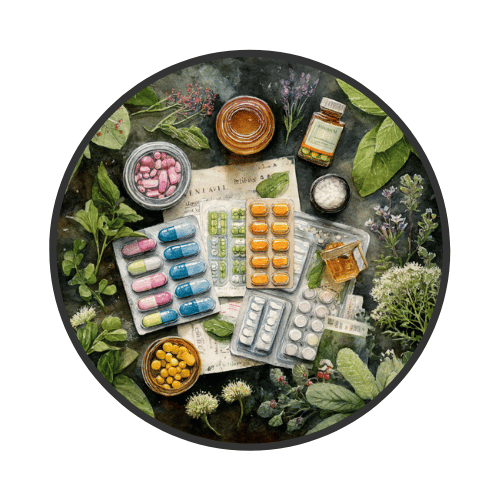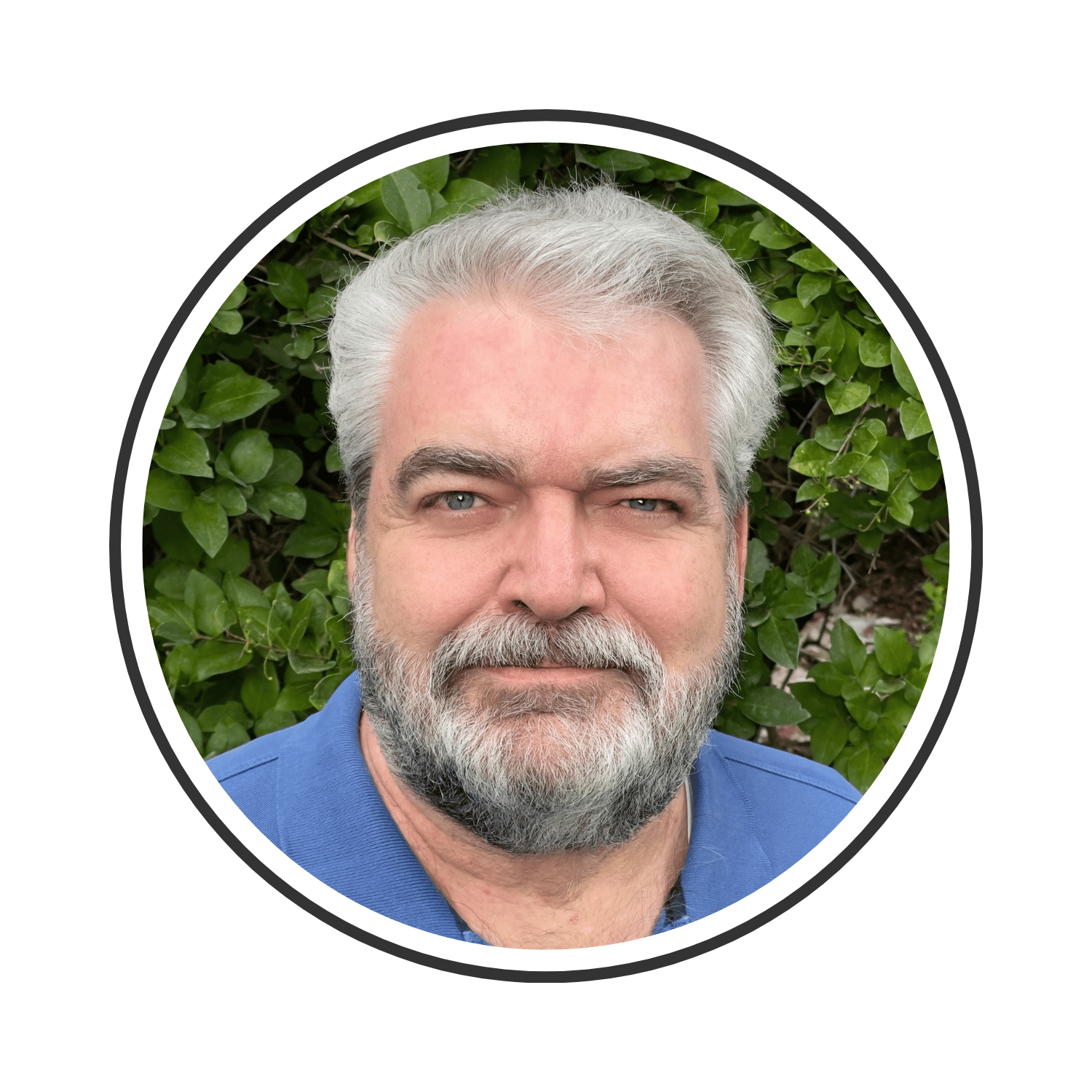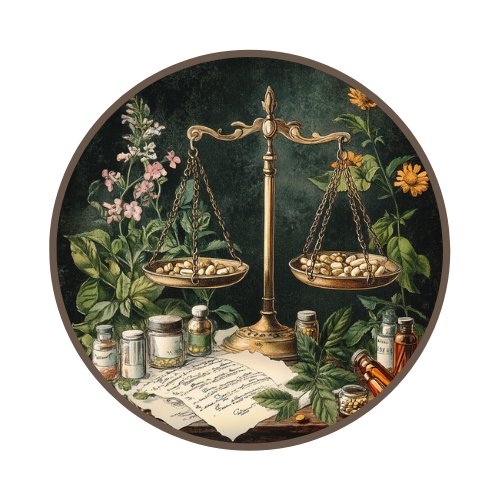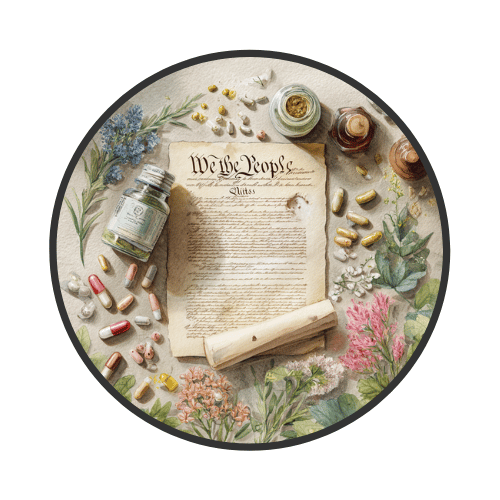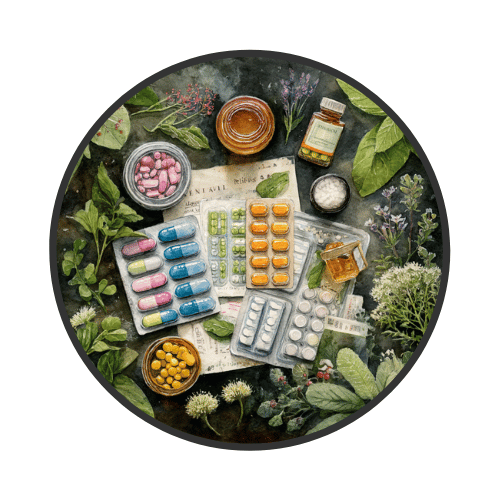Like people everywhere, Americans want their health care to be: 1) safe, 2) affordable, and 3) effective. But priorities matter.
Here’s why those principles must be considered in that specific order:
- Unsafe care breaks the ancient medical rule “First, do no harm.” No one wants that.
- Care that isn’t affordable doesn’t matter, except to billionaires.
- All people are different, with different conditions, needs, and goals. They’ll decide for themselves whether their care is effective, or cost-effective, for them. No one else can, or should.
Pre-market authorization (PMA) allows only drugs that are FDA approved. PMA sounds like a good idea, but really it’s misguided and harmful. It favors powerful drugs and drug companies, and keeps traditional and gentler medicines off the market, driving prices up. It interferes with the liberty of patients and doctors to choose their own treatments. If FDA-approved drugs are unavailable, dangerous, or unaffordable, why should “no treatment at all” be the only other option? When people want a cheaper, gentler, natural, or experimental option, why should Congress (or FDA) prohibit that choice? Is that freedom?
Are drugs safe, or effective?
Congress has a history of well-meaning but hasty reactions around food and drug safety. When journalist Upton Sinclair published his 1906 novel “The Jungle” about filthy conditions in the meatpacking industry, Congress passed the Pure Food and Drug Act of 1906, creating the FDA. In 1938, after a string of deaths from an infant elixir, the FDA was ordered to test all new drugs for safety. In 1962, after the Thalidomide tragedy, the Kefauver amendments added efficacy testing, even though Thalidomide was a safety issue. Traditional drugs are outlawed today, and no new drug can be approved unless it is proved both “safe and effective” to the FDA’s satisfaction. However, that standard is fundamentally flawed—here’s why.
Swiss physician Paracelsus (1493-1541), the father of toxicology, famously wrote that “All things are poison, and nothing is not poison. Only the dose makes a thing not a poison.” He was absolutely right—even water is toxic in large doses, but it’s also vital. Dosage is everything.
In pharmacology, the potency of a medicine is partly measured by its ED50: the Effective Dose for 50% of the population. This concept is cribbed from toxicology, which measures the LD50 (median Lethal Dose) and TD50 (median Toxic Dose) in much the same way. These are all quantal measures, meaning they measure a binary result in a population: a medicine is “effective” or not, “toxic” or not, “lethal” or not, for an indicated percentage of the population, at a given dose. This works well for immediate death, which is a truly binary outcome. But whether a drug is “effective” or “toxic” for any individual at any given dose is much less clear, and may depend on the time horizon as well as many other factors.
But it gets worse: “effective” is often interpreted as “full effect” or “complete relief”; and “toxic” as “any harmful effect”. These terms seek the nonexistent “end” on the long tail of a bell curve. Given enough data, and a clear definition of “effective”, we can find the median value (ED50), or the corresponding point for 80%, 95%, or even 99% of the population, but there is no ED100. No drug is ever 100% effective or 100% safe; not at any dose. For any single drug, dose, or individual, we can’t predict with certainty either the effect, or adverse events (including death). Our best guesses are ranges based on dose: the bigger the dose, the greater the effect and the danger. “Safe and effective” is pure legal fiction—safe OR effective is always the tradeoff, based on dosage, just as Paracelsus said. More effective is less safe.
No one wants a drug that only works for half the population, so today, drugs are routinely approved and prescribed well above their ED50—often 10, 20, or even 50 times more. This makes the drug effective for more people, but for those already affected below the ED50, it only increases the risk of adverse events, including death. Still, it sells more medicine, and for some drug companies, that’s what matters.
Are drugs affordable now?
For many, obviously, the answer is no. Americans spend more per capita on healthcare than any other nation on earth, and get less value for their money, in terms of nearly every significant public health measure. The reason for these high costs is that the FDA, not the market, decides the options.
Less than one in ten New Drug Applications are approved. Nearly half can’t prove efficacy to FDA’s standards, and another 30% have too many side effects. Most of the rest aren’t commercially viable since it takes 10-15 years and billions of dollars to bring a new drug to market. Patents are designed to reward innovation, but because less than 10% of drug patents ever win approval, and they’re more than half expired if they do, drug patents lose more than 95% of their value under PMA. The only way to recover these high costs is to charge outrageous prices. Legislative band-aids and finger-pointing won’t fix this: the only solution is to get the FDA out of the pre-market approval (PMA) business.
Monopolies charge high prices because demand exceeds supply, leading to rent-seeking and profiteering. It doesn’t matter whether the monopoly is caused by disaster or other natural forces, shrewd dealing, disruptive innovation, or well-intended government gatekeeping. Until the PMA monopoly is solved, scarcity and high prices will prevail, and profiteering will continue.
Should all drugs be proved effective?
The human body is a noisy data environment, and drug effects are notoriously difficult to measure with statistical certainty, as the many failures (>40%) in efficacy testing show. Potent drugs show powerful results, but drugs with subtler effects are much harder to prove. Common statistical criteria (p<.05) limit false positives (type 1 error), but how many gentle options are excluded as false negatives (type 2 error)? Statisticians say “absence of evidence isn’t evidence of absence” but PMA enforces the opposite. Big hammers make big dents: should furniture shops use only sledgehammers, to ensure a “proven” result? People must find out whether a specific drug works for them; FDA can’t answer that. Efficacy testing is a failed experiment: it reduces safety, limits options, and drives monopoly prices.
Health freedom comes first
People differ, and they need more options, not less. PMA doesn’t prevent unsafe drugs, as we have repeatedly seen, but PMA limits choices and creates a monopoly. PMA was a flawed idea in 1938, and has gotten worse over time. The market can sift out ineffective options, and fraud can be punished, as ever. Regulation is the problem here, not the solution. Prior restraints and censorship don’t help truth conquer error. Gatekeepers don't encourage competition and innovation. Skeptics may reject acupuncture, herbal medicine, homeopathy, and prayer, but in America, freedom and liberty must come first. Health freedom is just as important as freedom of speech, press, or religion. Safe and affordable options are the measures of a healthy marketplace in both products and ideas.
1 - https://www.ncbi.nlm.nih.gov/pmc/articles/PMC9293739/ 2023-08-23.
2 - https://www.lifeextension.com/magazine/2018/6/mary-ruwart-phd-death-by-regulation 2023-08-23.


